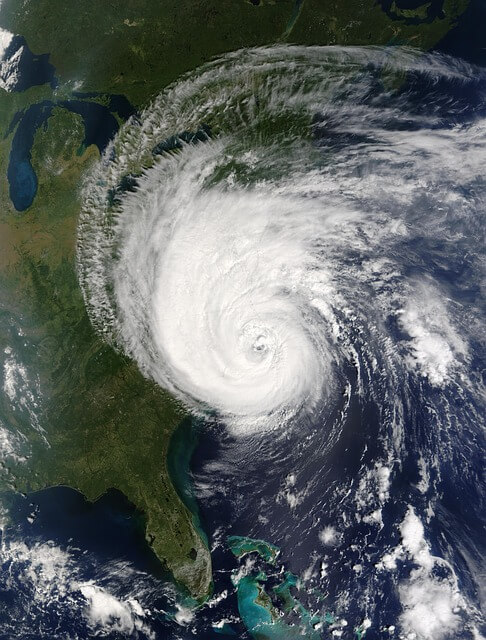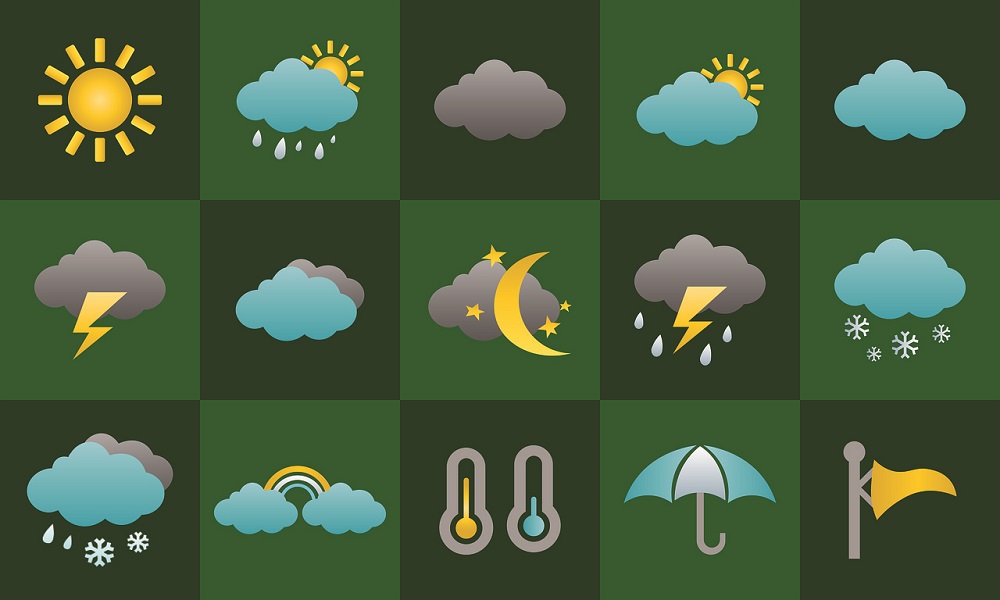Table of Contents
- Introduction to the Climate of Tunisia
- Spring in Tunisia (March-May)
- Summer in Tunisia (June-August)
- Autumn in Tunisia (September-November)
- Winter in Tunisia (December-February)
- Temperatures by Region
- Tips for Choosing the Travel Period
- Frequently Asked Questions about the Climate
Deciding when to go to Tunisia requires a thorough understanding of the climatic variations of this fascinating North African country. Tunisia enjoys a Mediterranean climate along the north coast, which gradually transforms into a desert climate towards the interior and the south. This geographical diversity offers different travel opportunities throughout the year, making it essential to know the characteristics of each season.
Furthermore, the climate in Tunisia has marked regional differences that significantly influence the travel experience. The coastal areas benefit from the sea breeze that mitigates the temperatures in Tunisia, while the inland and southern regions experience more significant temperature ranges and less rainfall.
Therefore, this detailed guide will provide you with all the necessary information to identify the most suitable period to go to Tunisia for your needs, considering climatic factors, available tourist activities, and travel costs to optimize your Tunisian experience.
Spring in Tunisia (March-May)
Spring is one of the most pleasant times to visit Tunisia, characterized by mild and pleasant temperatures that rarely exceed 25°C in coastal areas. During March, average temperatures range between 12°C and 20°C, while April and May see a gradual warming with highs reaching 24-26°C along the coast.
Consequently, this period offers ideal conditions for exploring historic cities like Tunis, Carthage, and Sidi Bou Said without suffering from the summer heat. Rainfall decreases significantly compared to winter, ensuring predominantly sunny days perfect for cultural visits and walks in the medinas.
In addition, spring coincides with the blooming of the Tunisian countryside, transforming the landscapes into colorful spectacles of wildflowers and blossoming fruit trees. The rural areas turn a deep green, creating striking contrasts with the typical white and blue architecture of the country.
Advantages of Spring:
- Mild temperatures ideal for cultural visits
- Little rainfall and many sunny days
- Blooming landscapes and lush nature
- Lower travel costs compared to summer
- The sea begins to warm up for refreshing swims
Summer in Tunisia (June-August)
The Tunisian summer has distinctive climatic characteristics that vary significantly between the different regions of the country. Along the Mediterranean coast, the temperatures in Tunisia average 30-32°C, mitigated by the sea breeze which makes the heat more bearable, especially during the evening hours.
However, in the inland and southern regions, the thermometer can easily exceed 40°C, with peaks of 45°C in the desert areas during the months of July and August. These conditions make excursions in the Sahara inadvisable during the central hours of the day, preferring morning or evening outings.
Despite the high temperatures, summer remains the high tourist season thanks to the splendid sea conditions. The Mediterranean Sea reaches perfect temperatures for swimming (24-26°C), making this period to go to Tunisia ideal for beach holidays along the coasts of Hammamet, Sousse, and Monastir.
Characteristics of Summer:
- Coastal temperatures: 28-33°C
- Inland temperatures: 35-45°C
- Warm sea ideal for swimming (24-26°C)
- Almost total absence of rainfall
- Long daylight hours (up to 14 hours of light)
Autumn in Tunisia (September-November)
Autumn is undoubtedly one of the best times to decide when to go to Tunisia, combining pleasant temperatures, still-warm sea, and more accessible travel costs. September maintains almost summer-like characteristics with average temperatures of 26-28°C along the coast, while October offers perfect conditions with highs of 22-25°C.
During this period, the climate in Tunisia stabilizes after the intense summer heat, offering sunny days interspersed with some beneficial rain that cools the air and revives the vegetation. The nights become cooler, creating a pleasant thermal contrast ideal for outdoor dinners and evening walks.
Furthermore, November marks the beginning of the rainy season, but with still moderate rainfall that does not compromise tourist activities. This month is an excellent opportunity to visit the southern oases like Tozeur and Douz, where temperatures are at comfortable values around 20-23°C.
According to international weather data, autumn has the best balance between temperature, precipitation, and hours of sunshine in Tunisia.
Strengths of Autumn:
- Ideal temperatures for all activities (20-26°C)
- Sea still warm from September to October
- Moderate rainfall that cools the air
- Fewer tourists and lower prices
- Perfect conditions for desert excursions
Winter in Tunisia (December-February)
The Tunisian winter has surprisingly mild climatic characteristics that are often underestimated by European travelers. The temperatures in Tunisia during the winter months range between 8°C and 16°C in coastal areas, with maximum peaks that can reach 18-20°C on sunnier days.
However, this period coincides with the rainy season, which is mainly concentrated between December and February. Rainfall, although necessary for the local ecosystem, can occasionally affect travel plans, making it advisable to bring waterproof clothing and plan alternative indoor activities.
Despite this, winter offers unique opportunities such as the chance to explore historic cities without the oppressive heat, enjoy spectacular sunsets over the desert with comfortable temperatures, and experience authentic local life away from the summer tourist crowds.
Aspects of the Tunisian Winter:
- Mild temperatures: 8-18°C in coastal areas
- Concentrated rainfall (50-80mm monthly)
- Shorter days (about 10 hours of light)
- Desert with pleasant daytime temperatures (15-20°C)
- Very advantageous travel prices
- Authentic atmosphere without mass tourism
Temperatures by Region

Understanding the regional variations of temperatures in Tunisia is fundamental for accurately planning your trip. The northern coastal strip, which includes Tunis, Bizerte, and Tabarka, benefits from the moderating influence of the Mediterranean with average summer temperatures of 29-31°C and winter temperatures of 10-15°C.
In contrast, the central region around Kairouan and Sbeitla records more pronounced temperature ranges, with summers that can exceed 38°C and colder winters with lows around 5°C. These areas require special attention in the choice of clothing and the timing of visits.
Finally, the Saharan south has the most extreme climate in the country, with daytime summer temperatures easily reaching 45°C while at night they can drop below 20°C. During the winter, the desert offers ideal conditions with highs of 18-22°C and cool but bearable lows around 5-8°C.
Average Temperatures by Zone:
- North Coast: Summer 29-31°C, Winter 10-15°C
- Center: Summer 35-38°C, Winter 5-12°C
- Saharan South: Summer 40-45°C, Winter 18-22°C (day)
- Mountain Areas: Summer 25-28°C, Winter 2-8°C
Tips for Choosing the Period
Choosing the optimal time to visit Tunisia depends mainly on your personal preferences and the type of experience you desire. For those looking for relaxing beach holidays, the ideal period to go to Tunisia is between May and October, when sea temperatures are more inviting and coastal tourist facilities are in full swing.
On the contrary, culture and history enthusiasts will find the best conditions in the shoulder seasons (April-May and September-November) to explore archaeological sites, medinas, and museums without suffering from excessive heat. These periods also offer the advantage of lower costs and fewer tourist crowds.
Finally, for lovers of desert adventure, winter and spring are the ideal times for excursions in the Sahara, trekking on the dunes, and camping experiences under the stars, when daytime temperatures in the desert remain bearable and the cool nights add charm to the experience.
Recommendations by Type of Trip:
- Beach holidays: May-October
- Cultural tourism: April-May, September-November
- Desert adventures: December-March
- Limited budget: November-March
- Landscape photography: March-May, October-November
Frequently Asked Questions about the Climate
What is the best time to visit Tunisia?
The optimal period depends on your preferences. For the sea, choose May-October. For cultural visits, April-May and September-November offer ideal temperatures. For the desert, prefer December-March when the heat is bearable.
Is it too hot in Tunisia during the summer?
Along the coast, summer temperatures (28-33°C) are mitigated by the sea breeze. Inland and in the south, the heat can be intense (40-45°C), making morning and evening activities advisable during July-August.
Does it rain a lot in Tunisia?
Tunisia has a relatively dry climate. Rainfall is concentrated between November and March, with an average of 50-80mm per month. The rest of the year is predominantly dry and sunny, especially from June to September.
Is the sea cold in winter?
During the winter, the sea temperature drops to 14-16°C, making it cold for swimming. From May to November, however, the water reaches pleasant temperatures between 20-26°C, ideal for beach activities.
Are there significant climatic differences between north and south?
Yes, the differences are significant. The north enjoys a temperate Mediterranean climate, while the south has desert characteristics with greater temperature ranges and minimal rainfall. The coastal area is always milder than the inland area.
Do you need special clothing for the desert?
In the desert, the following are essential: light but covering clothing for the day, warm layers for the night, a hat, sunglasses, and sunscreen. Winter excursions require heavy jackets for the cold evenings.
Determining when to go to Tunisia requires a careful evaluation of your travel priorities and seasonal climatic conditions. Whether you are attracted by the Mediterranean beaches, fascinated by the cultural riches of the medinas, or thrilled by the Saharan adventure, each season offers unique opportunities to discover this extraordinary North African country. The climatic diversity of Tunisia guarantees memorable experiences at any time of the year, as long as you plan your trip considering the specific characteristics of each region and season.






